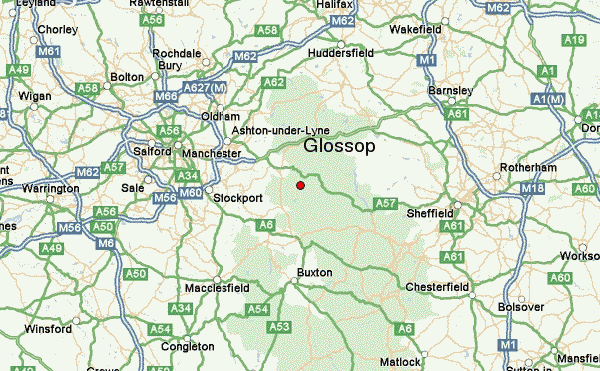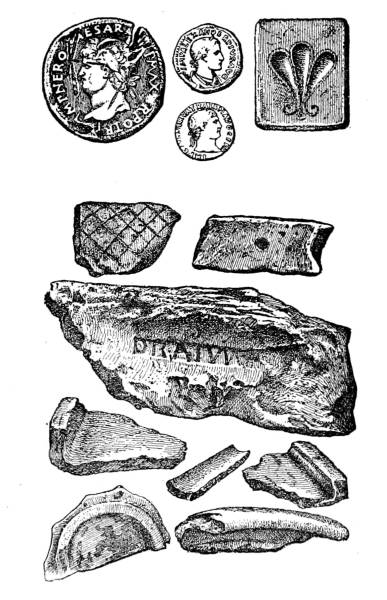Glossop is a market town within the Borough of High Peak in Derbyshire, England. It lies on the Glossop Brook, a tributary of the River Etherow.Glossop has a total resident population of 32,428 according to the 2001 census.

Glossop has been included as pilot in the Liveability scheme, and has drawn up the Glossop Vision masterplan for the improvement and gentrification of the town. This is being partially funded by the Heritage Lottery Fund. It aims to open up access to the Glossop Brook, to coordinate developments in Glossop town centre, to enhance the built environment and to link the town to its wider setting. As such, the mills have become a retail development with housing, trees are to be planted along the A57 and the market square is being pedestrianised











.JPG)






